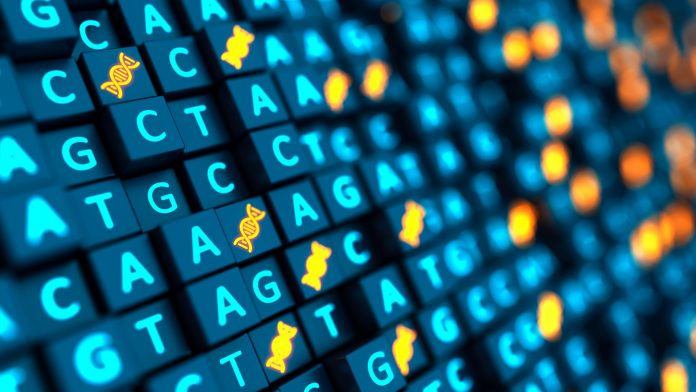
Whole-genome sequencing of thousands of cancer tumours reveals vital clues about the causes of the disease.
In the largest study of its kind, a team of scientists led by Professor Serena Nik-Zainal from Cambridge University Hospital (CUH) and the University of Cambridge, analysed whole-genome sequencing data of more than 12,000 NHS cancer patients.
The results are reported in the journal Science.
Understanding whole-genome sequencing
Whole-genome sequencing is a laboratory procedure that determines the order of bases in the genome of an organisation in one process. The process of whole-genome sequencing includes the following steps:
- DNA shearing: the process of cutting the DNA into pieces that are small enough for the sequencing machine to read.
- DNA bar-coding: scientists add small pieces of DNA tags or bar codes to identify which piece of sheared DNA belongs to which bacteria.
- Whole-genome sequencing: the bar-coded DNA from multiple bacteria is combined and put in the whole genome sequencer. The sequencer identifies the A’s, C’s, T’s, and G’s, or bases, that make up each bacterial sequence.
- Data analysis: using computer analysis tools, scientists will compare bacterial sequences and identify differences.
Discovering new clues about cancer
Due to the large amount of data provided by whole-genome sequencing, the researchers were able to detect patterns in the DNA of cancer, known as ‘mutational signatures’, that provide clues about whether a patient has had past exposure to environmental causes of cancer such as smoking or UV light, or has internal, cellular malfunctions.
The team were also able to spot 58 new mutational signatures, suggesting that there are additional causes of cancer that are not fully understood yet. The genomic data was provided by the 100,000 Genomes Project: an England-wide clinical research initiative for whole-genome sequencing.
“WGS gives us a total picture of all the mutations that have contributed to each person’s cancer,” said first author Dr Andrea Degasperi, from Cambridge’s Department of Oncology. “With thousands of mutations per cancer, we have unprecedented power to look for commonalities and differences across NHS patients, and in doing so, we uncovered 58 new mutational signatures and broadened our knowledge of cancer.”
“The reason it is important to identify mutational signatures is because they are like fingerprints at a crime scene – they help to pinpoint cancer culprits,” said Serena Nik-Zainal, from the Department of Medical Genetics and an honorary consultant in clinical genetics at CUH. “Some mutational signatures have clinical or treatment implications – they can highlight abnormalities that may be targeted with specific drugs or may indicate a potential ‘Achilles heel’ in individual cancers.
“We were able to perform a forensic analysis of over 12,000 NHS cancer genomes thanks to the generous contribution of samples from patients and clinicians throughout England. We have also created FitMS, a computer-based tool to help scientists and clinicians identify old and new mutational signatures in cancer patients, to potentially inform cancer management more effectively.”
























